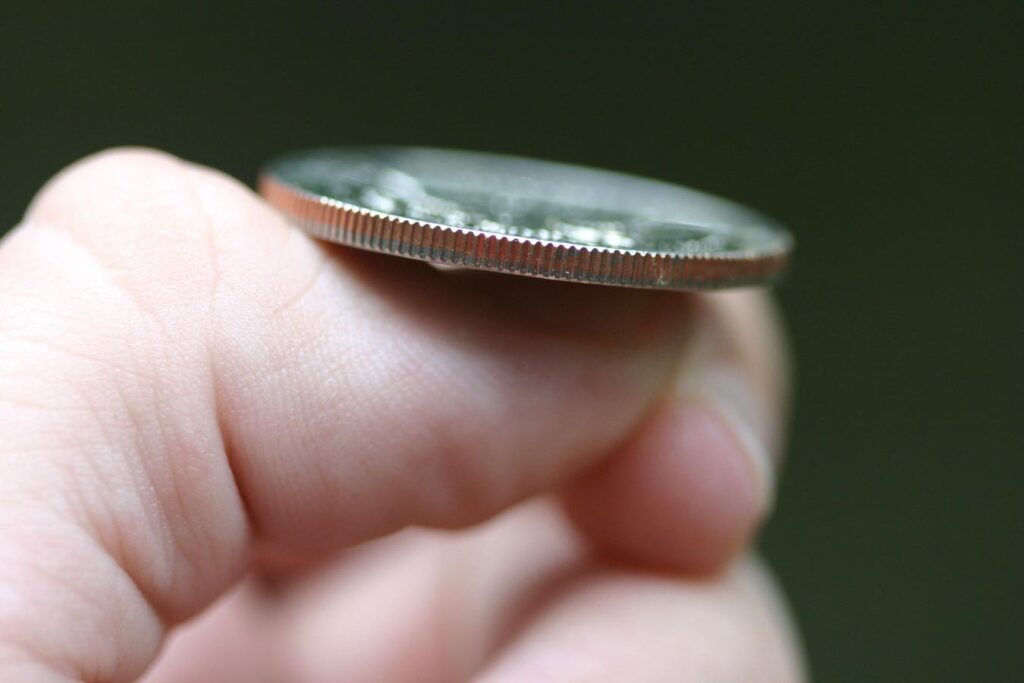A research paper, out of Tufts University and in an online publication of the Society for Industrial and Applied Mathematics (SIAM), makes an interesting claim.
Bruce Boghosian and Christoph Börgers, two professors of mathematics at Tufts University, and motivated by the massive state of wealth inequality in the world, wondered what might happen if everyone started at the same point. Equal talent, equal learning, equal industry, and all making the right choices.
The two used math from the kinetic theory of gases and applying it to simplified economic models “in order to explore both potential mechanisms by which wealth inequality arises and the effects of government interventions that attempt to reduce it.”
The result, which may sound crazy at first but isn’t when you consider how they set up their model, is that in perfectly even conditions, inequality would develop through what was essentially a chain of coin flips.
Let’s break this down. First, a series of coin flips can generate a complex distribution like a bell curve. You may have seen a toy or experiment in school at some point with a board filled with pegs. A set of balls are dropped, one by one, through a space at the top. They bounce one way and the other until settling at the bottom. By the time it’s done, you’ve got a probability curve at the base.
Don’t get fixated on this example. It’s just to show how the luck of the draw repeated many times can result in highly uneven distributions.
Boghosian and Börgers pointed to models of wealth distribution that use a yard sale structure. People meet in pairs, have a transaction, and one does better and one does worse. The math is complicated, though click the link and you can see it.
As Boghosian pointed out in prepared remarks, the theory many adhere to is that everything happens through understood dynamics. Supply and demand control the world of transactions. People enter transactions of their own choice and those who are more insightful do better at the game.
But the modeling in this paper suggests something different, “that the shape of the wealth distribution, including the concentration of wealth at the very top, is mostly due to luck.” Someone who starts losing a series of gains and losses of a small percentage of their wealth, eventually loses everything, even if gains and losses are equal. For example, if you have $1,000 and gain 10%, you’ve got $1,100. Now lose 10% of that and you’re left with $990. It becomes a cruelly effective mathematical constantly draining what you have. Because the money doesn’t really disappear, someone else gets richer.
The runaway wealth like we see in the world of billionaires happens naturally in a way “that can only be corrected through interventions like a wealth tax.”
This model can, and must, include the ability to add biases in the favor of the wealthiest, as that regularly happens to provide accurate results.
“With the right parameters, the model can reproduce U.S. wealth distribution data to within one-fifth of a percent accuracy,” said a press release from SIAM. “The most surprising outcome of the model is that wealth redistribution must outweigh wealth-acquired advantages in order to stop oligarchy.”
In other words, according to the researchers, if without some sort of control over the situation, like government interaction or other unpredictable outside actions, the rich only get wealthier.
Read the full article here



